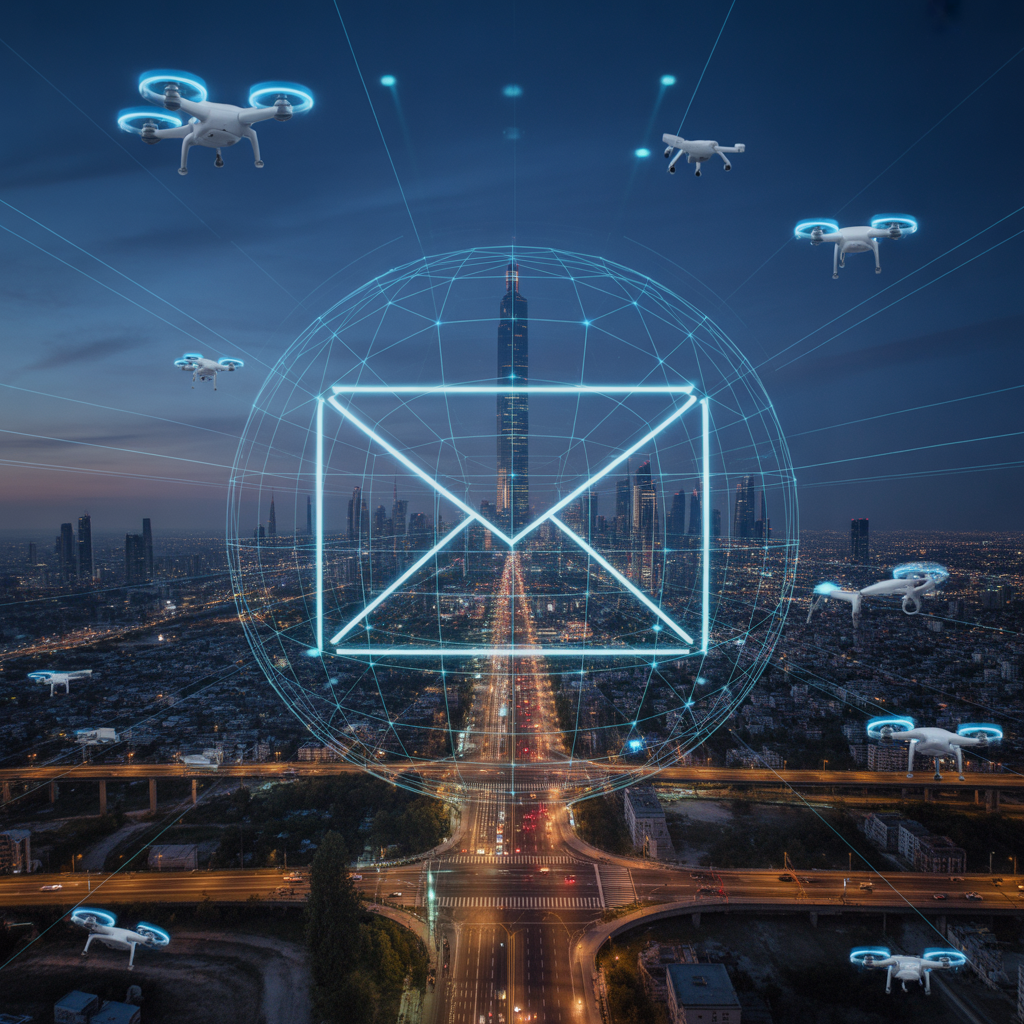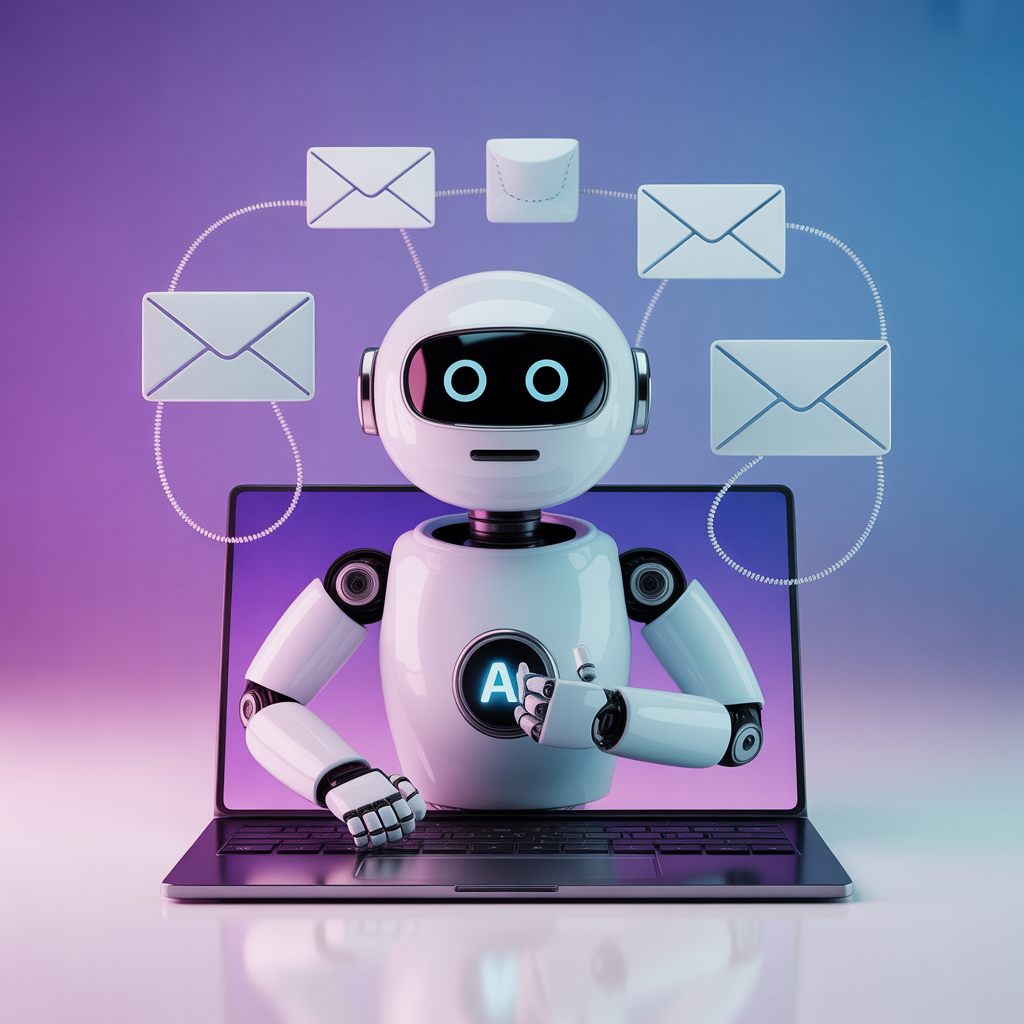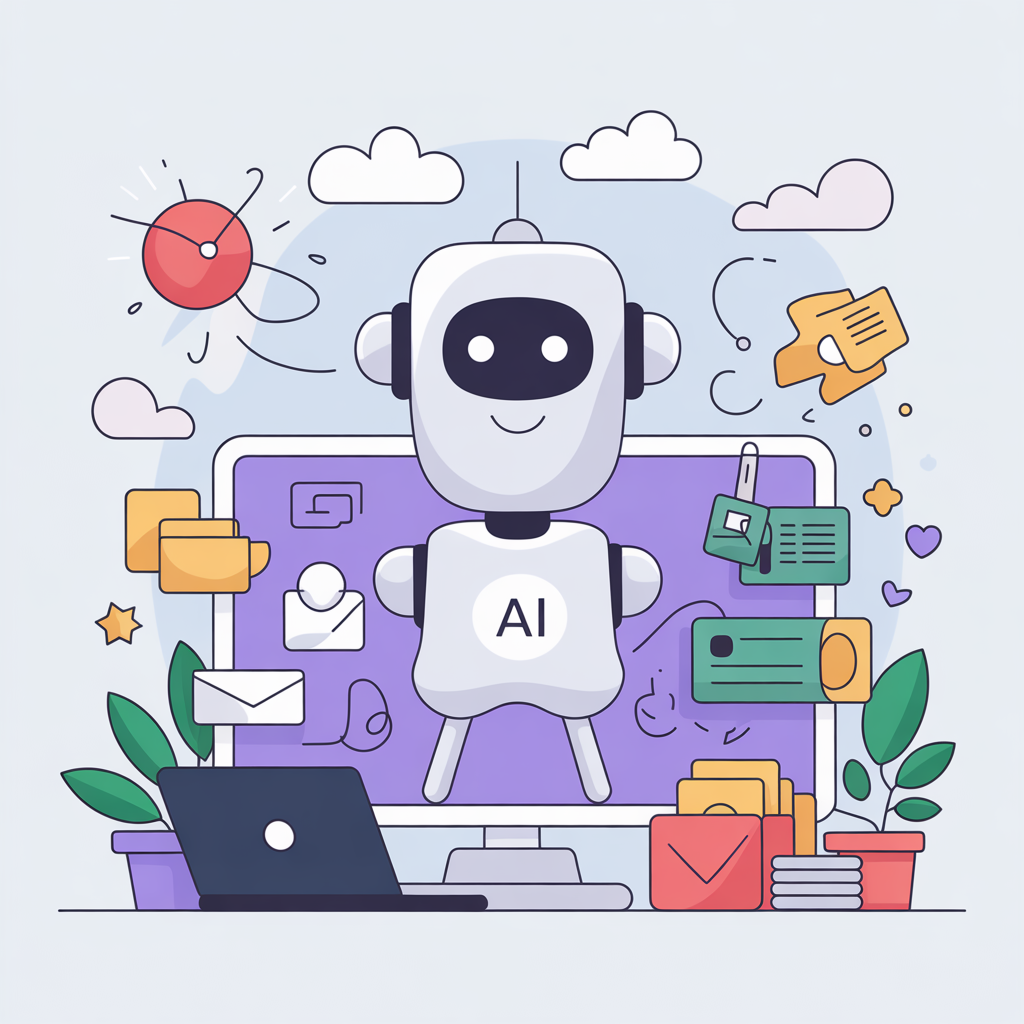or decades, writing an effective email required time, focus, and creativity. Whether it was a business proposal, client introduction, or marketing follow-up, professionals spent countless hours trying to find the right words. But in 2025, the communication landscape has changed dramatically — thanks to AI email generation.
AI email generators are not just text automation tools; they are intelligent communication systems capable of understanding tone, audience, intent, and even emotional context. These tools are transforming how individuals, teams, and businesses interact — saving time, improving accuracy, and enhancing personalization at scale.
This article explores how AI email generation innovation is revolutionizing digital interaction and why it’s becoming an essential part of modern business strategy.
1. From Templates to Intelligence: The Evolution of AI Email Generation
The earliest AI email tools were basic — they could fill in a few blanks, rephrase templates, or suggest sentences. Today’s AI systems, however, are conversationally intelligent. They use natural language processing (NLP) and machine learning to understand not just words but intent.
Modern AI email generators such as ChatGPT, Copy.ai, Jasper, and GrammarlyGO can create complete, human-sounding emails that fit a specific context — whether it’s a sales pitch, support response, or partnership proposal.
Example:
You can simply write a command like:
“Write a polite follow-up email to a client who didn’t respond to my quote for three days.”
Within seconds, the AI generates a natural, engaging, and professional message — saving both time and mental effort.
This evolution from static templates to adaptive AI shows how far email generation technology has progressed — making communication faster, smarter, and more personalized than ever before.
2. Personalization at Scale: Crafting Emails That Feel Human
One of the biggest breakthroughs in AI communication tools is personalized email writing. Instead of sending one-size-fits-all templates, AI systems now tailor each message using recipient behavior, name recognition, and interaction history.
These systems analyze CRM data, purchase patterns, and even social engagement to craft personalized messages that sound authentic and build trust. For marketers and business owners, this means sending 1,000 emails — each written uniquely.
Benefits include:
- Higher open and click-through rates
- Improved brand credibility
- Stronger customer retention
- Reduced unsubscribe rates
SEO Tip: AI-powered personalization tools are becoming a top-searched feature for “AI email writing software” — making this a crucial keyword to target for 2025 content strategies.
3. AI and Emotional Intelligence: Writing with Empathy and Context
AI is evolving beyond grammar correction and tone suggestions. It’s now capable of detecting sentiment and emotional tone — a major advancement in digital communication.
Through sentiment analysis, AI email generators can identify whether your message sounds too cold, too aggressive, or too casual, and suggest improvements in real-time. Some tools even recommend emotional phrases to make your message warmer or more persuasive.
For example:
- “Thank you for your patience” instead of “Sorry for the delay.”
- “We appreciate your continued trust” instead of “We hope you’ll stay with us.”
These subtle shifts create a more human-like, empathetic communication style, which is essential for building strong relationships in customer service, sales, and management.
4. Time Efficiency: From Hours to Seconds
Time is money, and AI email automation saves both.
On average, professionals spend 28% of their workweek reading and writing emails (according to McKinsey). AI reduces this dramatically.
By integrating AI email assistants into platforms like Gmail, Outlook, and CRM systems, businesses can:
- Generate ready-to-send replies instantly
- Automate follow-ups and reminders
- Create consistent messaging across departments
- Manage email sequences for marketing campaigns
This not only boosts productivity but also ensures communication consistency — something that was nearly impossible with manual systems.
Many businesses report saving 10–12 hours per week per team member using AI email automation — allowing employees to focus on strategy, creativity, and innovation rather than repetitive typing.
5. Seamless Integration with Workflows and CRMs
In 2025, AI email generators are not standalone tools; they’re deeply integrated ecosystems.
For example:
- Salesforce Einstein auto-generates personalized sales emails using CRM data.
- HubSpot AI crafts customized outreach messages based on customer journey stages.
- Google Gemini and Microsoft Copilot are embedding email intelligence directly into business suites.
These integrations ensure smooth communication pipelines where data, personalization, and automation blend together — enhancing both efficiency and customer satisfaction.
6. The Rise of Voice-to-Email AI and Multilingual Capabilities
AI innovation is not limited to text generation anymore. The next phase includes voice-to-email technology — allowing users to dictate short messages that AI expands into full professional emails with perfect grammar and tone.
Moreover, multilingual AI models can auto-translate and localize emails — enabling businesses to communicate seamlessly across borders. For global companies, this means sending accurate, culturally adapted messages to customers in German, Spanish, Arabic, or Chinese, all generated instantly from one English command.
7. Ethical AI and Human Oversight: Keeping It Authentic
While AI makes communication faster, authenticity still matters. The best results come when AI drafts and humans refine.
Businesses are implementing AI governance policies to maintain transparency, avoid plagiarism, and preserve brand voice.
Ethical considerations include:
- Disclosing AI-generated content when appropriate
- Ensuring privacy in customer data use
- Maintaining a human touch in sensitive conversations
The goal is not to replace human communication — but to enhance it. Smart leaders use AI as a creative assistant, not a replacement.
8. The Business Impact: ROI and Long-Term Value
AI email generation delivers measurable ROI across industries.
Marketing teams report faster campaign creation, sales teams achieve better conversion rates, and customer service departments resolve queries more efficiently.
Key statistics (2025 trends):
- Businesses using AI writing tools report a 42% faster email response time
- Email campaigns powered by AI personalization achieve up to 67% higher engagement
- 3 out of 5 marketing teams plan to integrate AI communication tools into daily workflows
These numbers prove that AI is not a passing trend — it’s a strategic investment in communication efficiency.
Conclusion: The Future of Communication Is AI-Augmented
The future of digital communication lies in the partnership between humans and AI.
By 2026, AI email systems will go beyond writing and begin predicting recipient preferences, scheduling optimal send times, and even generating emotionally adaptive conversations that evolve over time.
From freelancers to Fortune 500s, every communicator will benefit from AI email generation innovation — turning the inbox into a smarter, faster, and more meaningful space.
As we move forward, one thing is clear:
AI won’t replace human communication — it will amplify it.


